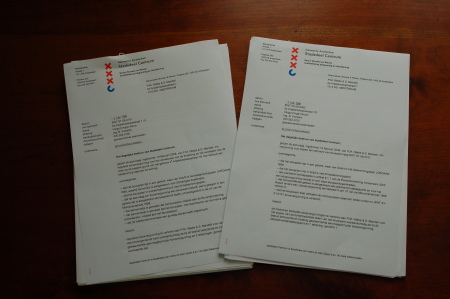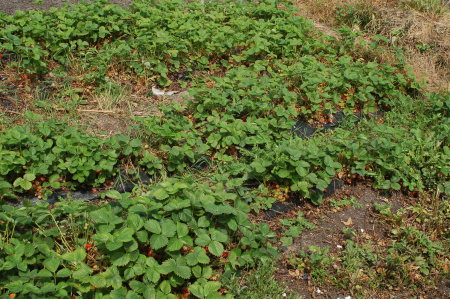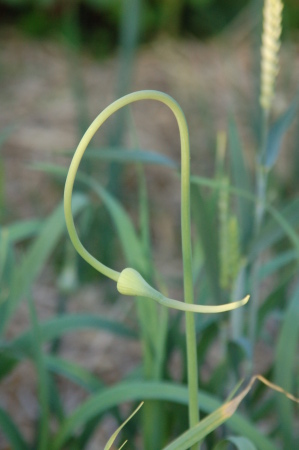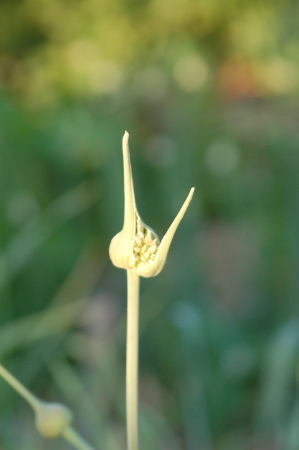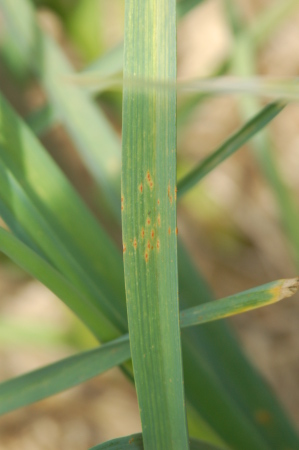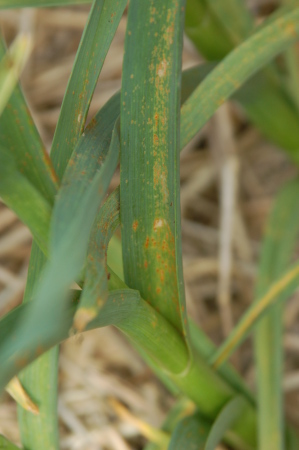Many Sisters
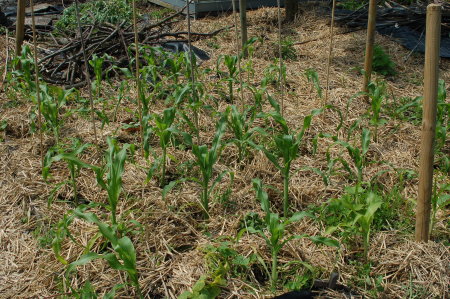
Three sisters is the famous combination of squash, beans and corn. I’m trying a variation of this with different kinds of corn, beans, squash and cucumbers.
The corn is Double Standard, a sweet corn from Real Seeds.
The beans are True Red Cranberry from Miss Hathorn, Cherokee Trail of Tears from Ottawa Gardener and Kahnawake Mohawk Pole Beans from Michel a reader in Quebec who got some While Alpine Strawberry seeds from me in exchange.
The cucumbers are Achocha from Real Seeds, Spacemaster from an old packet of seeds from Heirloom Acres and Lemon Cucumber an Australian heirloom that was a free packet of seeds with a Baker Creek seed order.
The squashes are Blue Hubbard from Miss Hathorn, Spaghetti Squash from Baker Creek and Zucchino Rampicante (also called Zucca d’Albenga or Trombocino), from a Seed Savers Exchange member in North Carolina.
It looks set to be a jungle in there!
Oca
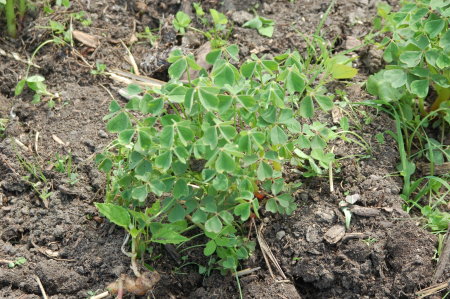
This is what the Oca plant looks like when it’s growing. These all seem to be doing well. You can see a picture of the tubers in my Lost Crops of the Incas post from several weeks ago. Some of these tubers came from Lieven, and some came from Real Seeds.
Celeriac
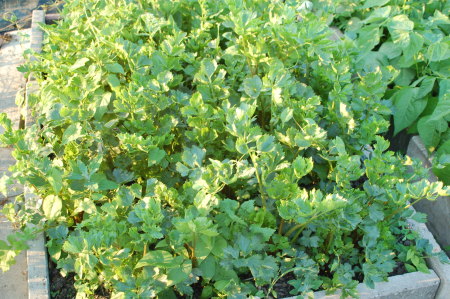
This is one half of the raised bed. The celariac plants are getting big and bushy. This is a really easy kind of celery to grow, and it’s really nice in soups.
Crosne
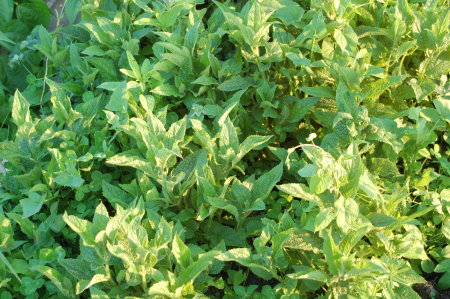
My understanding is this is pronounced like crone, as in old-crone.
This is the other half of the raised bed with my celeriac.
This plant is a member of the mint family (and so it will probably keep growing forever in my garden), but you eat the roots instead of the leaves. I will post more about this later. Frank gave me the tubers for this.


